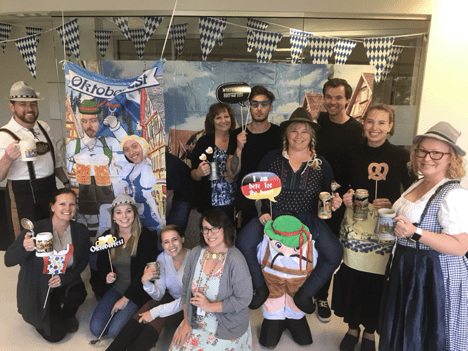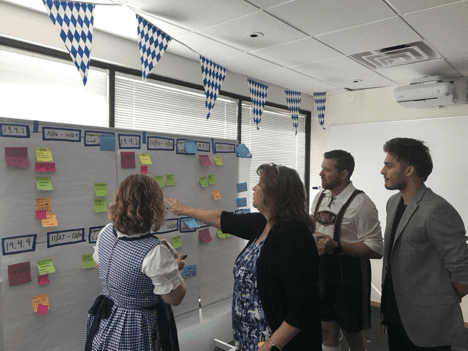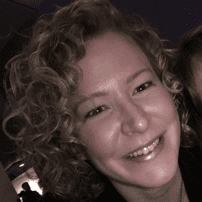PI planning, a vital component of SAFe® is integral to the Agile process, and the meeting can be an intense experience. Sitting in one big room for two full days, with potentially over 100 team members across the organization, can be taxing. Once the breakout sessions begin, the environment can become stressful for some.
The importance and complexity of the work to be done and the pressure of time can make these sessions challenging. Adding to the stress, there are often many conversations going on at the same time, causing the volume in the room to grow increasingly louder until people are yelling just to talk. All of this adds up to people feeling overstimulated and overwhelmed, causing them to grow weary and disengage. With the high cost and critical nature of these sessions, it’s imperative that organizations keep team members engaged and productive.
Because the stakes are so high, you want to use all the best practices available to you in order to maximize valuable time. Our experience has taught us that making your PI planning events fun can turn the stress of a two-day planning event into excitement about what’s ahead. Setting up a lively environment primes your audience for engagement and creativity.
First, we start all of our PI planning sessions with 10 minutes of gratitude. We take the time to encourage planning members to acknowledge and appreciate other team members. Using a mic runner, we have an open mic and find that once the praise gets started, our 10 minutes goes pretty fast, leaving everyone smiling, primed for positivity and ready to get down to business.

Next, we use a chosen theme and incorporate it into slides, written materials, props in the room, snacks, and even stickers, toys, games, and prizes. If you need ideas for your own theme, do some online research for themed parties. Recently, we used an Oktoberfest theme where team members dressed up in traditional costumes, like lederhosen and dirndls. We passed out beer steins (without beer of course) for drinking, and had snacks including pretzels and mustard (be sure to offer gluten-free snacks too). We put up Oktoberfest flags, props, and background scenes—we even had an Oktoberfest backdrop and created a photo booth that the teams enjoyed using.
I’ve learned through trial and error that themes need to be relevant to the times, relatable to the audience, and provide an environment that people want to experience and be a part of.
For example, it’s not enough to say that your theme is “baseball” without also providing the environment to give people an opportunity to interact with the theme. This includes setting expectations in advance, especially if you are asking people to take risks like wearing costumes or using props in front of their coworkers.
It helps with engag
It helps with engagement if the PI planning event organizers and release train engineers (RTE) serve as models, participating in the theme as a way of making it safe for others. Our RTE wore lederhosen and our CEO and founder wore Bavarian hats during the vision statement portion of PI planning.

Another idea is to include games or gamify aspects of PI Planning. Word Bingo is a fun way to keep people engaged over the two long days. Hand out cards with some common and not-so-common words that are likely to be said (or intentionally said) throughout the planning. You could have a single winner, but even better, everyone can get a prize once their card is complete. Prizes should be simple but fun, like themed socks or small desk toys. Treasure hunts and scavenger hunts are other fun ways to get people working together. Give each team member a list of things to find or do, like visit another team to find program risks and dependencies and determine whether or not they impact the plan being created. This gets teams talking to each other, improving relationships, and finding common goals.
Since we started bringing fun into our PI planning processes, I’ve heard more laughter, I’ve felt the positive energy in the room increase, and I’ve seen teams improve how they work together. People seem more energized and less drained by the end of the event. Contrary to what you might think, incorporating fun doesn’t take up more time and make the sessions last longer. In fact, the sessions are more inclusive, engaging, and productive, with better outcomes and fewer surprises down the road. I encourage you to give it a try.
About Deb Choate

Deb Choate is a scrum master at Scaled Agile with loads of experience leading and supporting successful SAFe transformations, technical teams, and projects. She’s passionate about applying her background in psychology and neuroscience to create high-performing Agile teams, environments, and cultures.
Share:
Back to: All Blog Posts
Next: A Framework, Not a Prescription